According to many dealers, when doing large-scale hot water or heating projects, uneven flow and heat distribution often occur. Due to the continuous maturity of air energy products and technological advancement, the performance of the unit will not have major shortcomings. Under the premise of reasonable selection of the unit, the uneven distribution of the end heat source is likely to be caused by improper system design during the installation process. The same process installation can avoid this phenomenon.
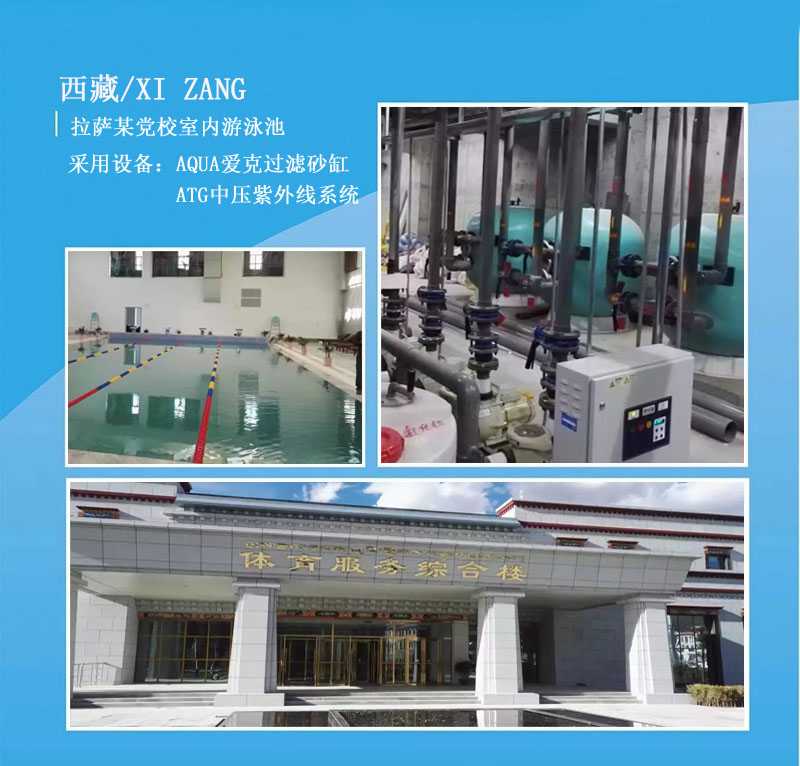
1. Simultaneous installation is the best way of hydraulic balance
In general, small-scale engineering dealers use remote installations to facilitate installation and save costs. Due to the short length of the pipeline, the difference between each end is not very obvious, so its shortcomings are also ignored. However, there are also some dealers who install flow regulators on each parallel branch for control.
The same process means that the path length of the fluid passing through each device is equal and the resistance is the same. This is also very difficult to understand, because you have to paint by yourself during the actual operation, so it is quite troublesome.
The length of the pipe passing through each parallel loop is basically the same. If the resistance loss through each meter of pipe is nearly equal, the resistance of the pipe network can be kept balanced without adjustment. The same process system can ensure that the water flow through each end is uniform, and prevent insufficient water flow at the remote end to affect the cooling or heating effect. The same process installation is very common in large-scale air-conditioning and refrigeration projects. Because the principles of heat pumps and air-conditioning are similar, they are gradually adopted by some air energy distributors. After continuous testing, they are widely used in large-scale air energy hot water and heating projects.
Taking heating as an example, the backwater of the first group of radiators at the front does not circulate to the main pipe temporarily, but continues to go down through the extension of the pipe, connecting the return pipe of the next group of radiators, and so on, from the end The radiator pulls out a return pipe and returns to the return pipe of the main pipe.
The water flow of each group of radiators in the system is basically the same. The system is very balanced. Generally, there will be no insufficient heat or no heat at the end of the system. It can be said that it is a way to balance the best hydraulic system.

As shown in Figure 1, there are three hosts. Many people install them in this way, but there will be problems with more than five. Just imagine where the water flow is where the resistance is small and where the pipe diameter is short, then it flows there. Uneven distribution will occur. There will be more water flow on the right side, and less and less water flow to the left. This will also cause the temperature difference on the right side to be small. The more the temperature difference is to the left, the greater the temperature difference. Not the same journey.

2. There are many detailed requirements for the host installation in the same process
In order to avoid uneven distribution of the heat source at the end, the same process should be used when installing two or more units in parallel. For the same process, the path length of the fluid through each device must be equal and the resistance must be the same. According to the number of units, there are generally two ways for the host in the same journey:
1. The way of 3 pipes for main road:
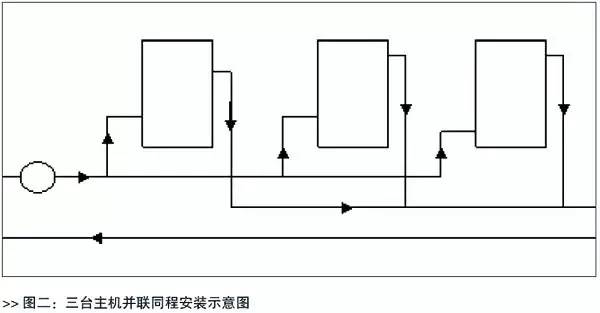
After the fluid comes out of the water pump, it enters the heat pump host in three ways. Because the lengths of the water inlet pipes of the three hosts are inconsistent, there should be differences in the water outlet pipes, so that the path length of the fluid through each device is equal.
For example, the hosts are arranged in parallel. The inlet pipe of the first host is 3 meters, the second inlet is 4 meters, and the third inlet is 5 meters. If the first outlet is 8 meters, then the second The water outlet pipe of the main engine is 7 meters, and the water outlet pipe of the third main engine is 6 meters, so that the path length of the fluid through each device is 11 meters.
2. Main road ring way
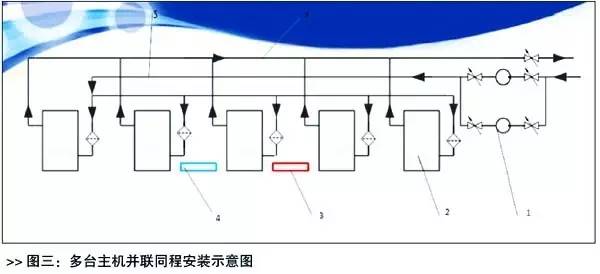
As shown in Figure 3, the rectangle in the figure represents the heat pump host, and the circle represents the circulating water pump: 1 is a circulating water pump (2 units); 2 is a 25P heat pump unit; 3 is a strong electric control cabinet (distribution cabinet); 4 is Weak current control cabinet; 5 is the main water inlet pipe (on the bottom); 6 is the main water outlet pipe (on the top).
There are 5 main engines. Large engineering water pumps need one for one use and one for preparation. After the fluid comes in, it should not pass through the first device first, go to the end first, and then come back. The path lengths of all the devices are the same.
In order to improve the overall efficiency and service life of the system, improve the customer's experience, and at the same time facilitate daily maintenance, the following aspects need to be paid attention to during the installation of the host in the same process
①The side of the unit's own electric control box and the power distribution cabinet are in the front for maintenance; ②The three main inlet and outlet pipes are behind the groups, two inlet pipes are below, and the outlet pipes are on the top; The distance between the pump center is 1.2 meters; ③The center of the water pump is 1.5 meters away from the side panel of the unit; the power distribution cabinet and the weak current cabinet are installed in the middle of the N units, in the same straight line with the front panel of the unit, and the bottom edge is 1.5 meters from the ground. The distance between the unit and the unit should not affect the maintenance of the machine. Each control cabinet can control up to 10 units. For projects with more than 10 units, the control cabinet should be added and the unit control number should be evenly distributed; the interface between the unit and the pump must be installed with a soft Connect to reduce noise and facilitate installation and maintenance; ④For installations on the ground, the unit support should be installed on the concrete foundation, and the concrete foundation platform should be provided with drainage ditch; for installations on the roof, the unit support should be stressed. The waterproof insulation layer should not be damaged; ⑤ Rubber shock-absorbing pads should be installed between the unit and the water pump and the fixed bracket.
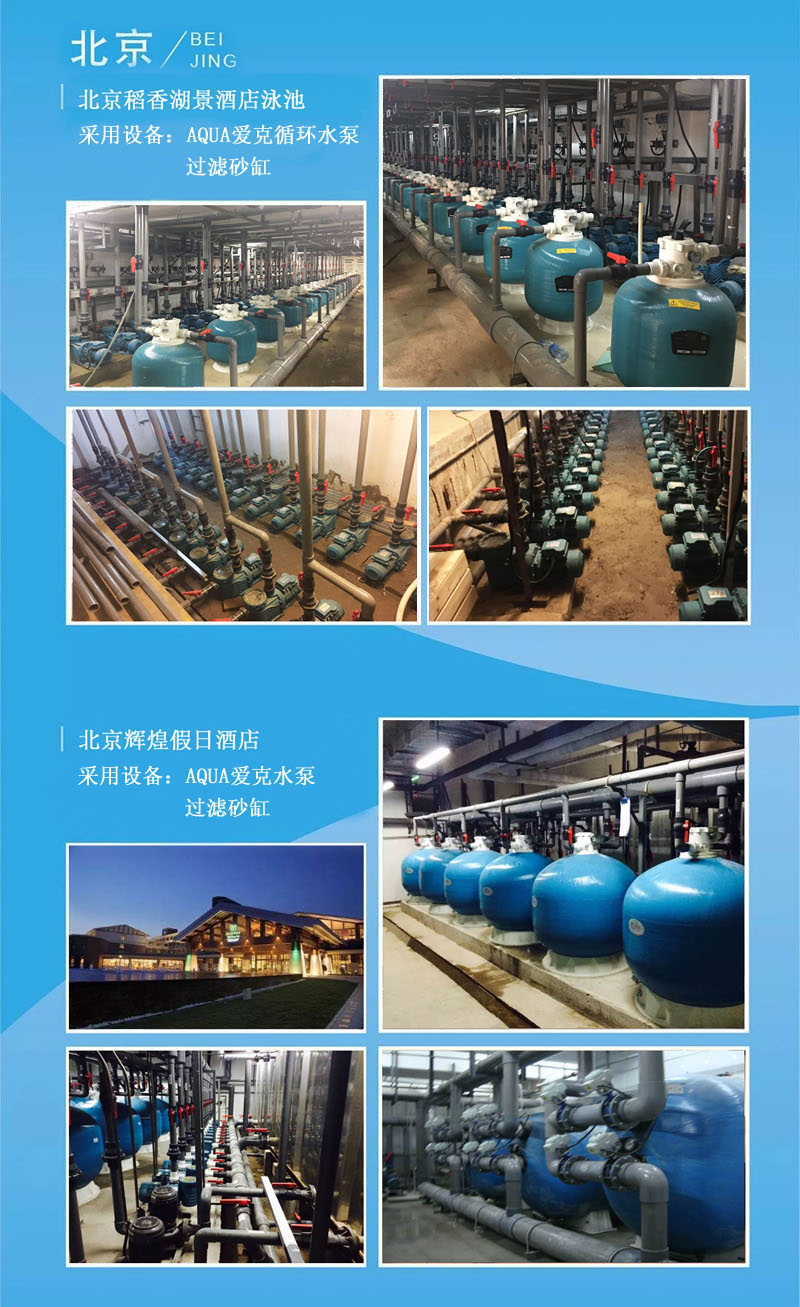
Three, the end of the same process and the host at the same time
The terminal equipment of a large-scale hot water or heating project is generally a radiator or fan coil or floor heating. When the host is installed in the same process, only the end can be installed in the same process to ensure the uniform output of the end.
According to the number of hosts and the same process installation situation, there are generally two ways to install the end:
1. At the end of the main pipe loop and 3 pipes in the same way
When the main engine adopts the three-pipe method of the main line on the same route, the main pipe at the end needs to adopt the ring plus three pipes in the same route accordingly. As shown in Figure 4, the host is on the same route. At level crossings, there is a set of main lines at each corridor crossing, so the three corridor crossings must also travel the same way.
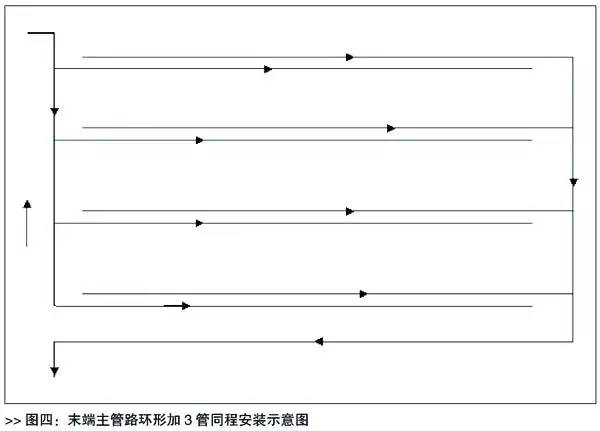
A set of main line, including the water inlet and the backwater. After the main line reaches the end, the three ends will also be on the same route. If the same route is not done, the water flow at the entrance of the upper corridor will be large, while the water flow at the entrance of the lower corridor will be small. . The principle of the same process at the end is the same as the principle of the same process with the main engine, and it is necessary to ensure that the flow of water in and return at each end is the same length.
2. The end main pipe loops in the same way
Correspondingly, when there are a large number of hosts, the same route installation is selected for the main line loop mode, so that each fluid has the same length through the end, and the installation principle is the same as that of the host loop installation.
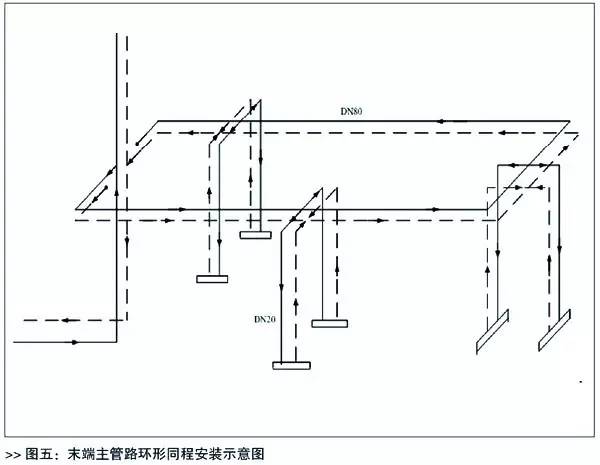
As shown in Figure 5, for the heating of a three-story building, first of all, it is necessary to ensure that the distance of the fluid to each corridor entrance is the same. When the stairs reach the corridor entrance, they reach each heating user's home through the water divider on the outside of the corridor. The pipelines are installed in the same way. .
And each user’s home also has a water separator, that is, the room water separator inside the corridor. The heating pipes at the end of each room that reach the user’s home through the water separator also need to be installed in the same process. Then, the entire system forms a circular process, and the fluid not only has the same distance to each household, but also has the same distance to each room of the user.
Therefore, even if there are more floors and the number of heating users, the installation method of the same route in the ring can ensure that the heating effect of each user is equivalent. Of course, due to the different heating terminal styles of users, the difference between the room's heat preservation effect and the user's usage may lead to certain differences in the heating effect.
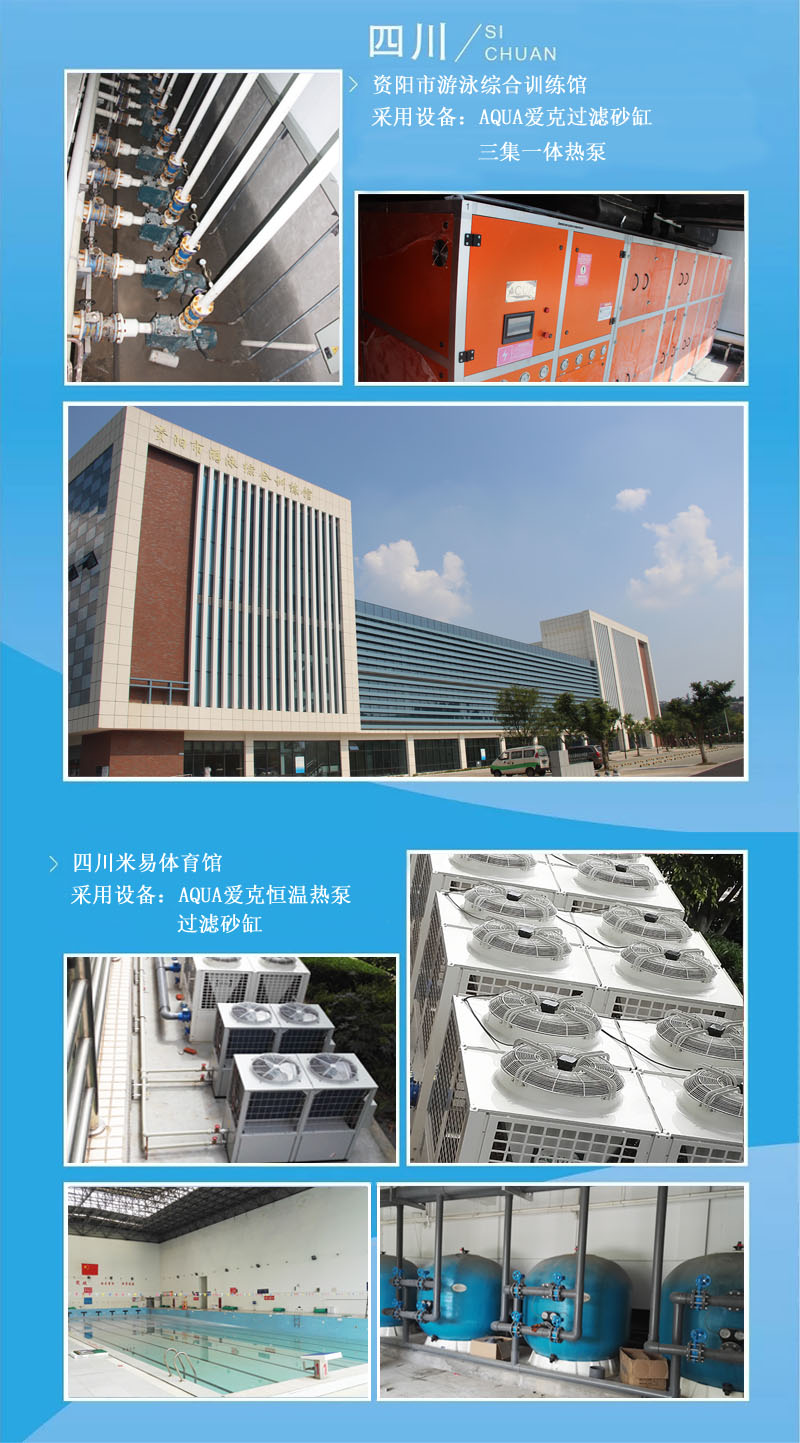
4. The initial investment of Tongcheng installation is high, but the advantages are obvious
Large-scale hot water or heating projects are installed in the same process. Due to the increase in the length of pipelines and the increase in accessories such as water separators, control valves, and pressure gauges, the initial investment cost of installation has increased a lot compared with remote installation. With the return pipe, the length of the pipe increases and the water resistance increases, which increases the energy consumption of the water pump, but the effect of its later operation is obvious.
First of all, the water flow of each device in the same process installation is even, the distribution of cold and heat is even, the front end of the circulation system is the same as the back end, for the end, there will be no front end heat (cold) and back end cold (hot) phenomena. , To ensure the user's experience; for the heat pump unit, there will be no small temperature difference between the front-end unit and large temperature difference between the back-end units, so as to ensure that the unit is balanced and working normally.
Secondly, the same process installation is convenient for equipment maintenance, and closing any equipment will not affect the overall cycle. If a certain equipment fails during operation, the waterway valves on both sides of the equipment can be closed for maintenance during system operation. Will affect the overall operation.
Copyright: Wang Yanming, a technical businessman
